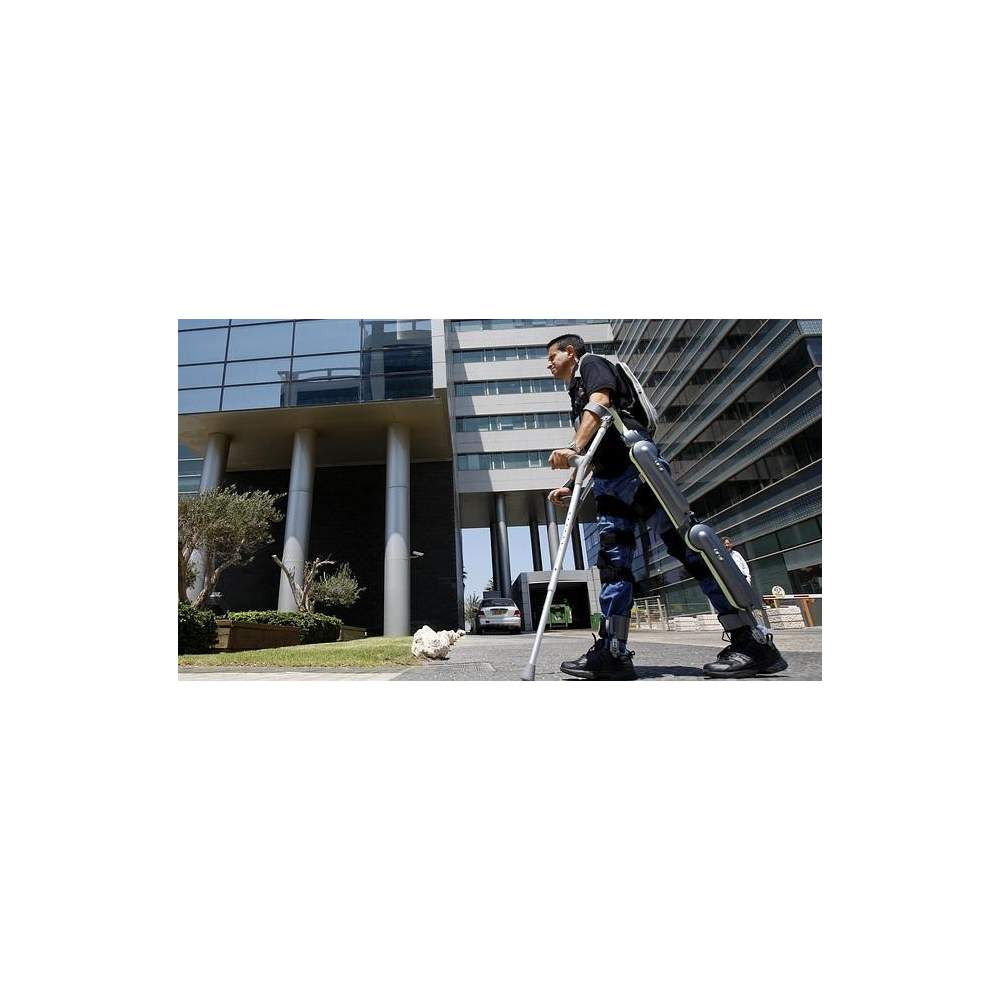Although bionic exoskeletons have been used in hospitals and rehabilitation centers,Claire Lomas is the first person to take home the 'ReWalk' for daily use.
Lomas has used early dand this year to complete the London Marathon and recently was given the task of lighting the cauldron Paralympics at Trafalgar Square.
But Lomas ensures that routine activities are equally rewarding. "One of my best experiences have been standing at a bar," he said.
Larry JasinskiExecutive DirectorArgo Medical Technologies, The company that developed the exoskeleton, told Reuters he was initially nervous about using it because they were still doing tests but said Lomas used it without problems.
The exoskeleton is activated bythe user. Supports the weight of the body and also allows the person up or down stairs and sitting or standing independently.
It costs45,000 lbs(55,000 euros) but developers say that saving in the treatment of diseases related to the lack of activity may compensate for the cost.
People with paralysis are prone to pressure ulcers and loss of bone density, as well as to suffer problems associated with poor posture.
Exoskeleton for 250,000 people
The company estimated that of the 6 million people in wheelchairs in the U.S. and Europe, about250,000could use the 'ReWalk'.
Jasinski military says U.S. and Israel have shown interest for use by injured soldiers.
"Control by thought '
"Argo Medical Technologies 'plus'Israeli Healthcare Ventures"Working on a similar device for quadriplegics, as well as an interface that would allow"through thought control»The exoskeleton.
Although ensures Jasinski ands far, scientists have recently introduced devices that can be controlled in real time by the thought of the brain using advanced exploration.
Others are working on materials that can interact with human tissues and nerves and could lead to the prosthesis that is fused to the body and would be controlled directly by the nervous system.
In June, a teamMaastricht UniversityThe Netherlands unveiled a device that uses functional magnetic resonance imaging, which controls blood flow in the brain, allowing people to write words at the thought of each letter.
Since the accident, Lomas has Casador has had a child, and next year plans a trip from London to Paris with a "functional electrical stimulation bike" artificially stimulating paralyzed muscles themselves.

